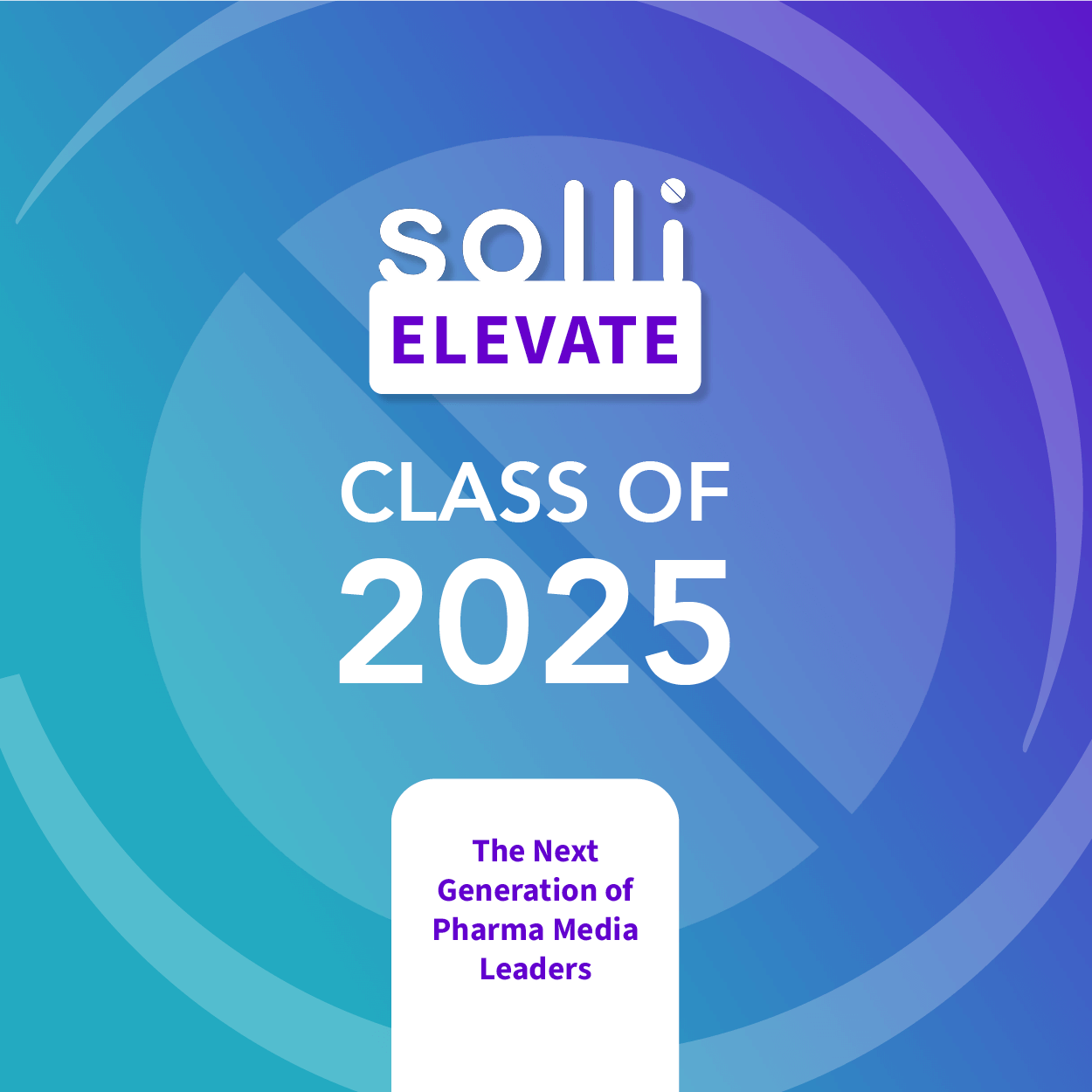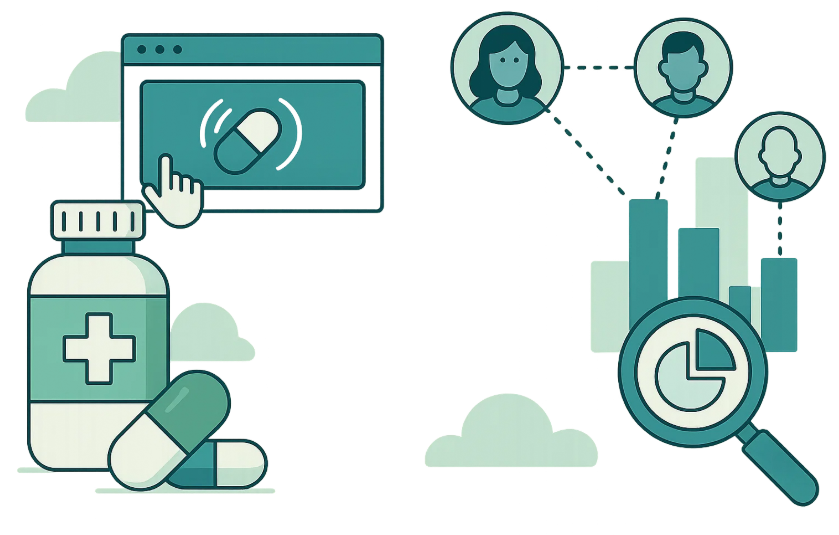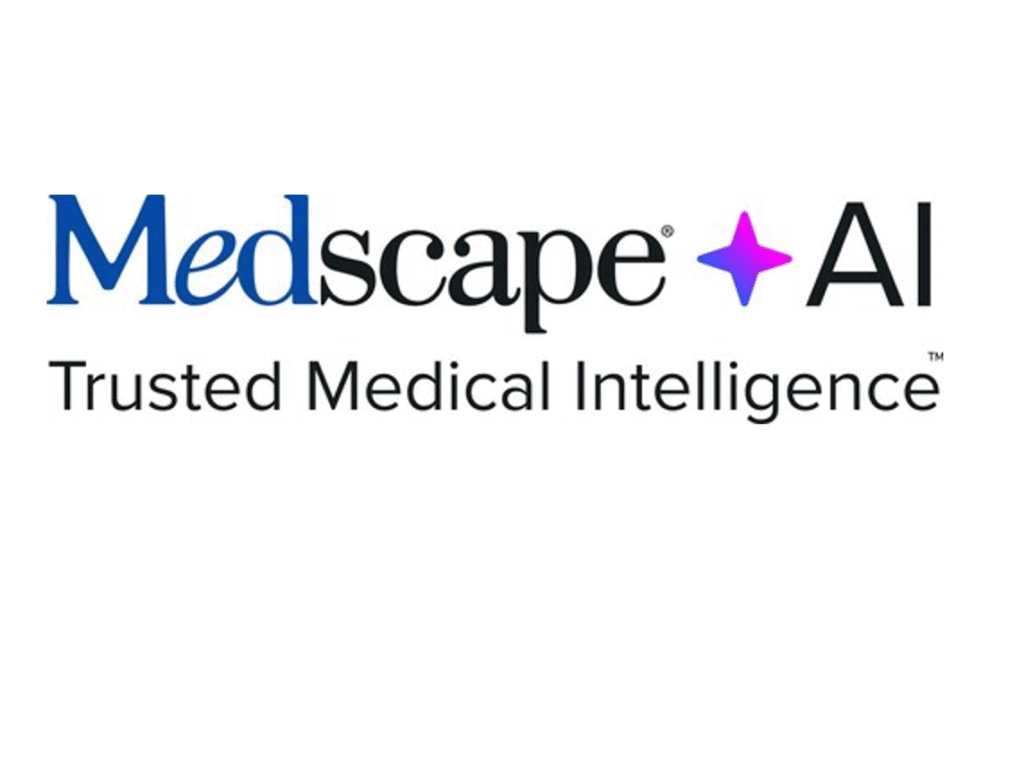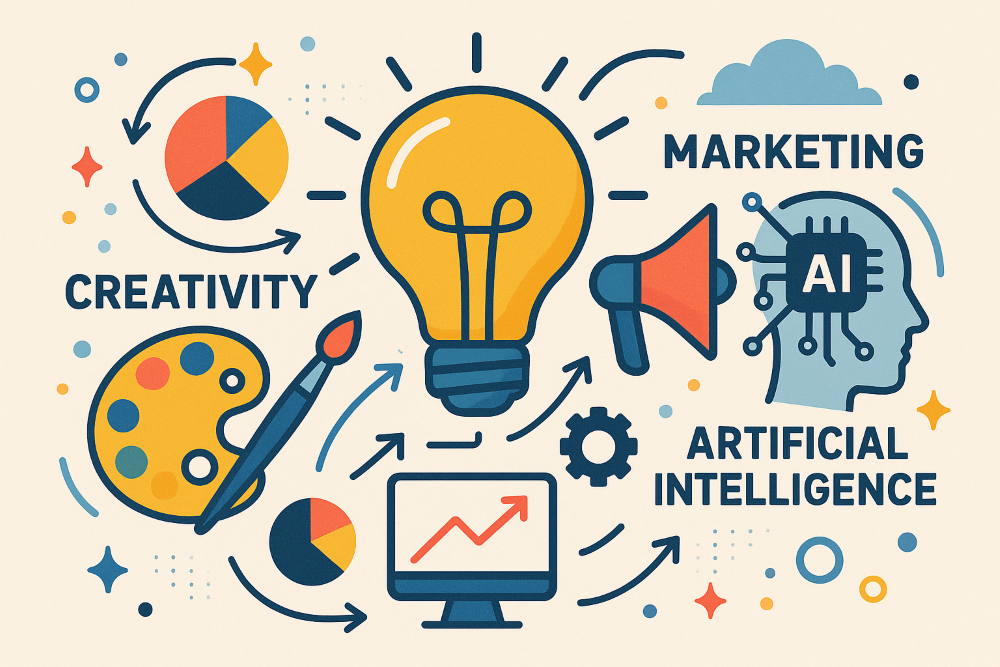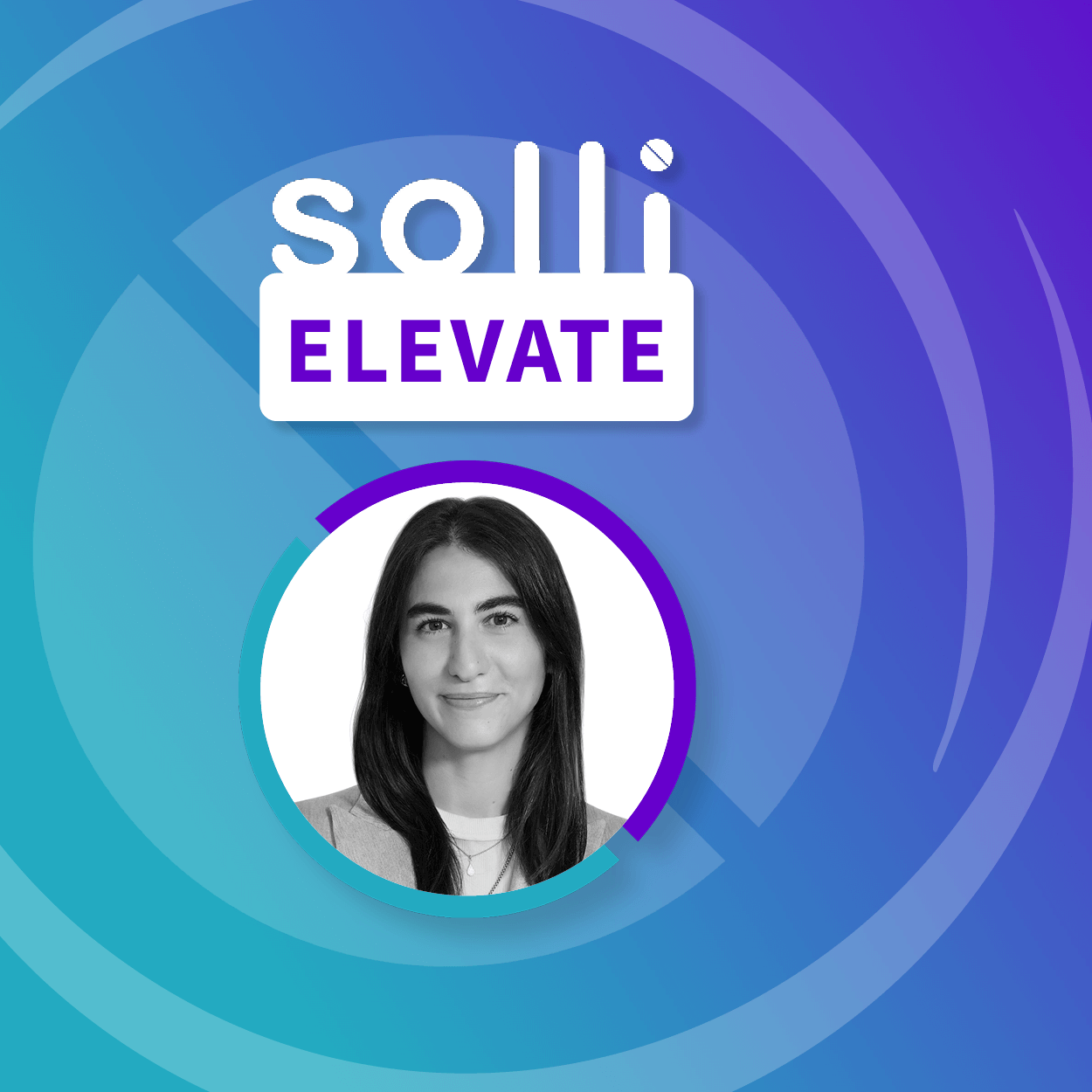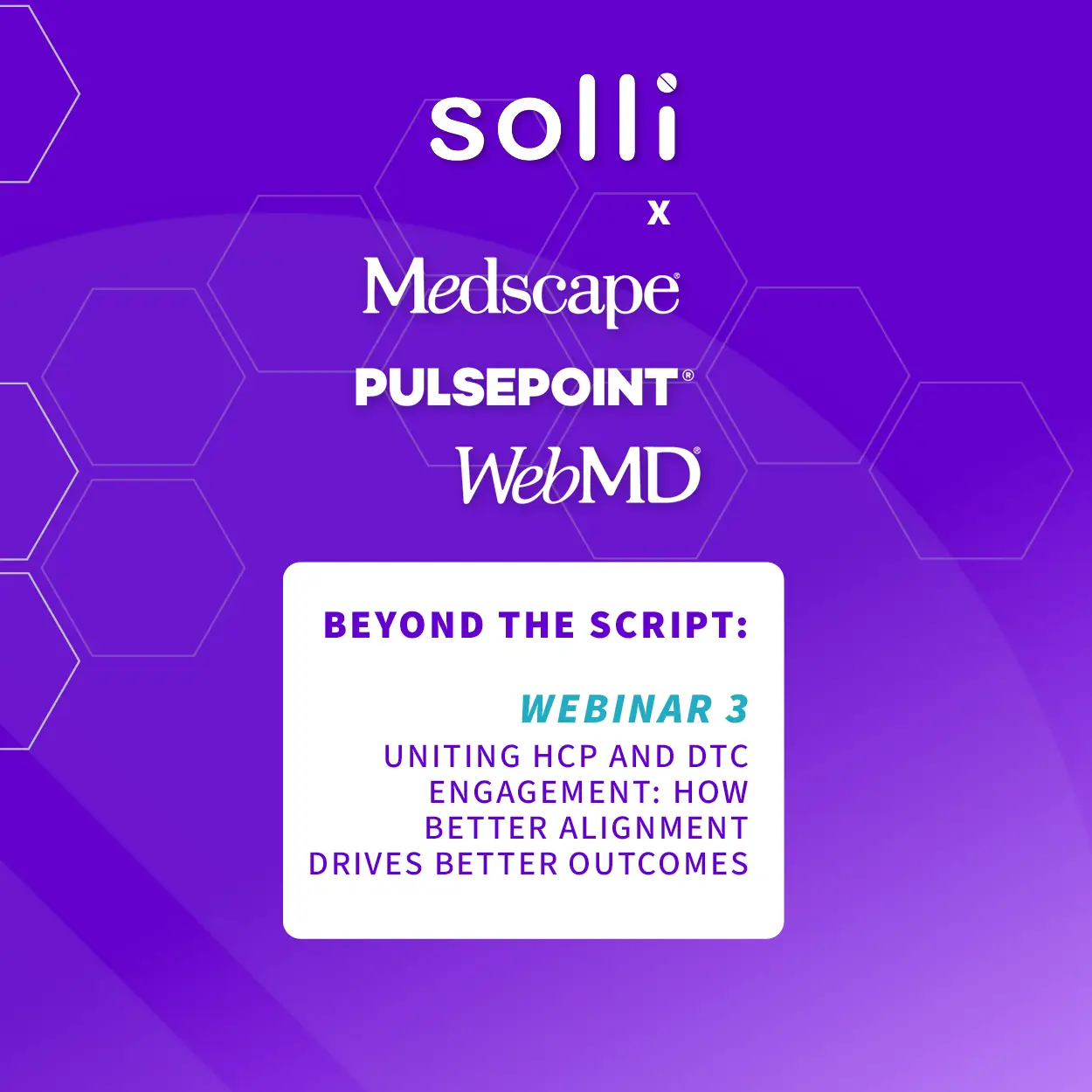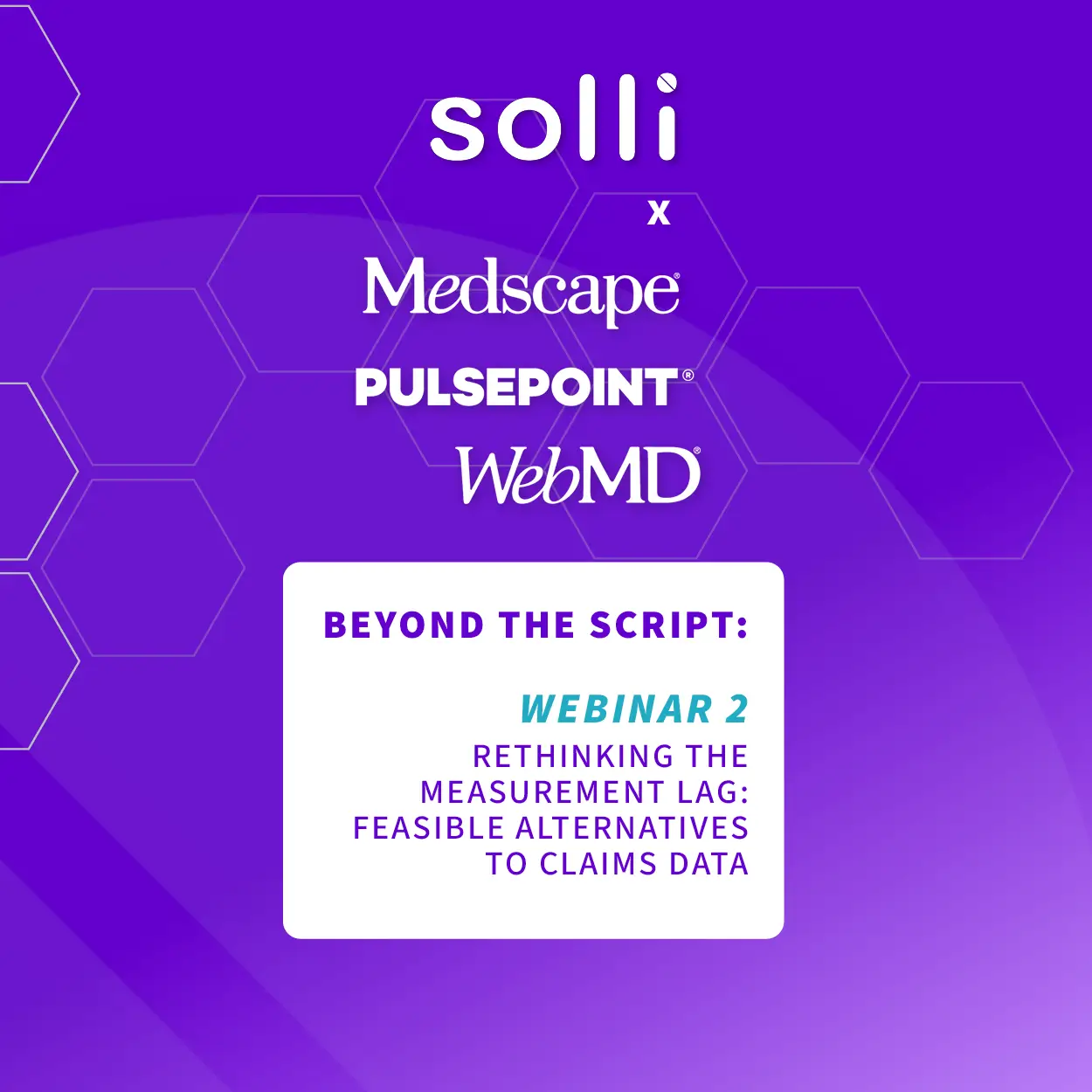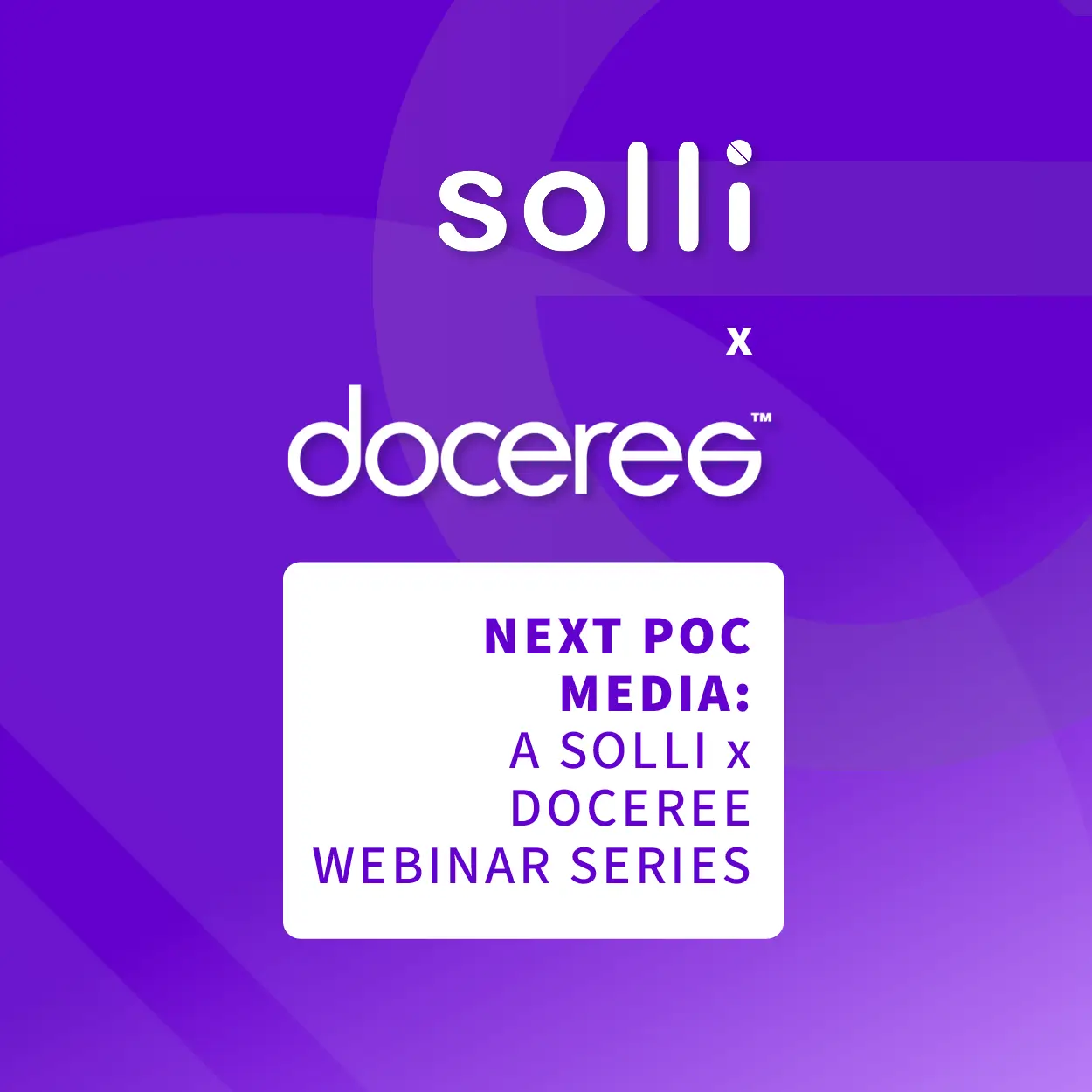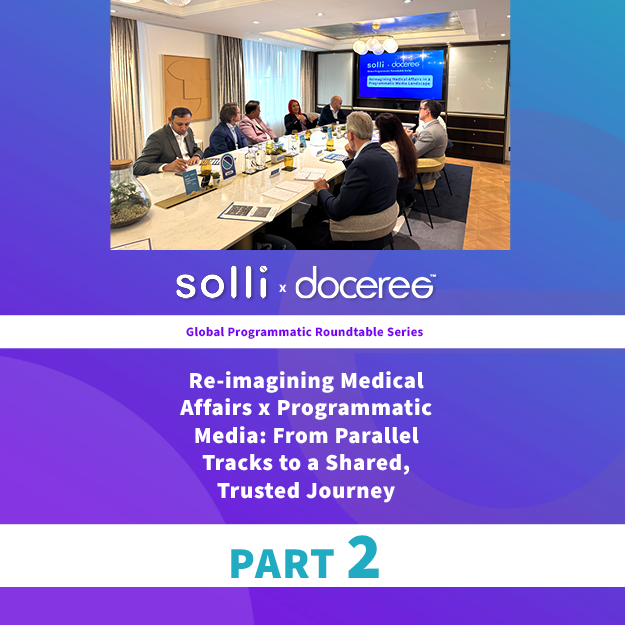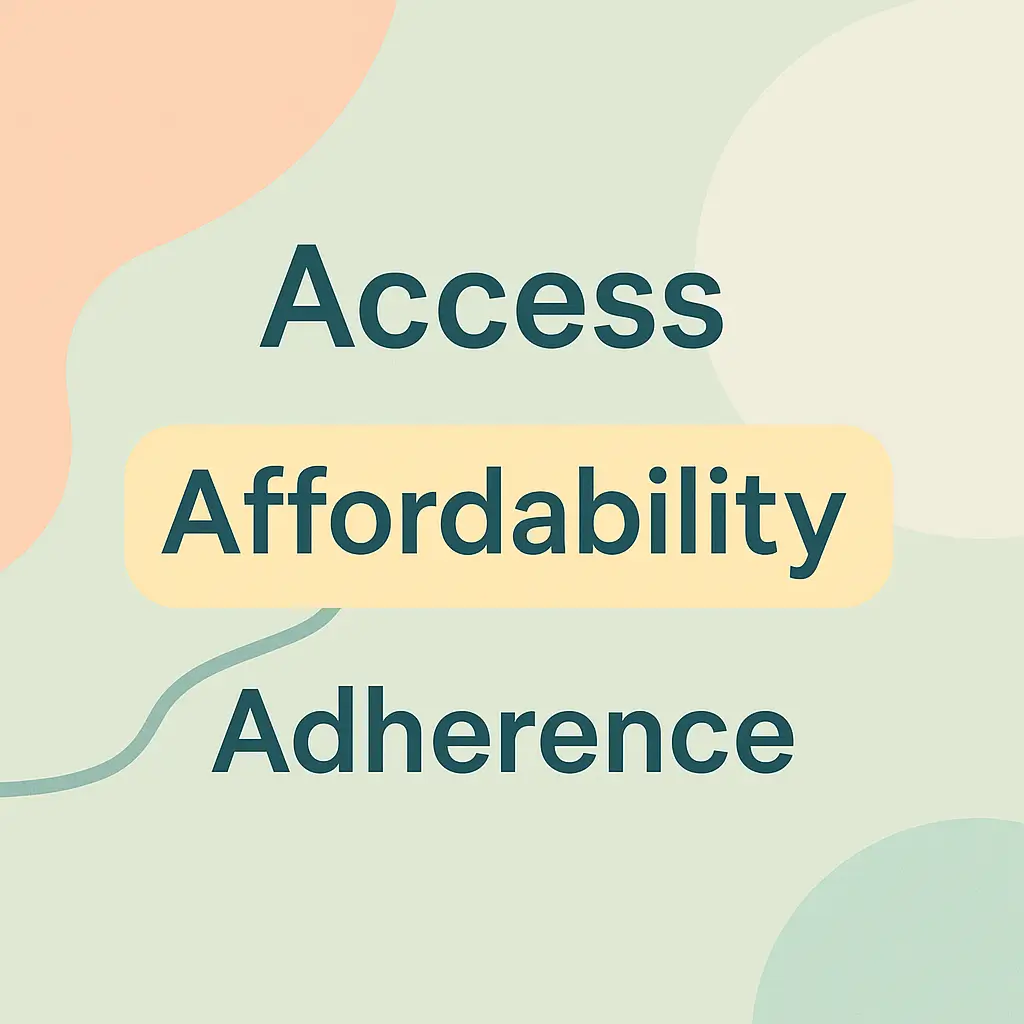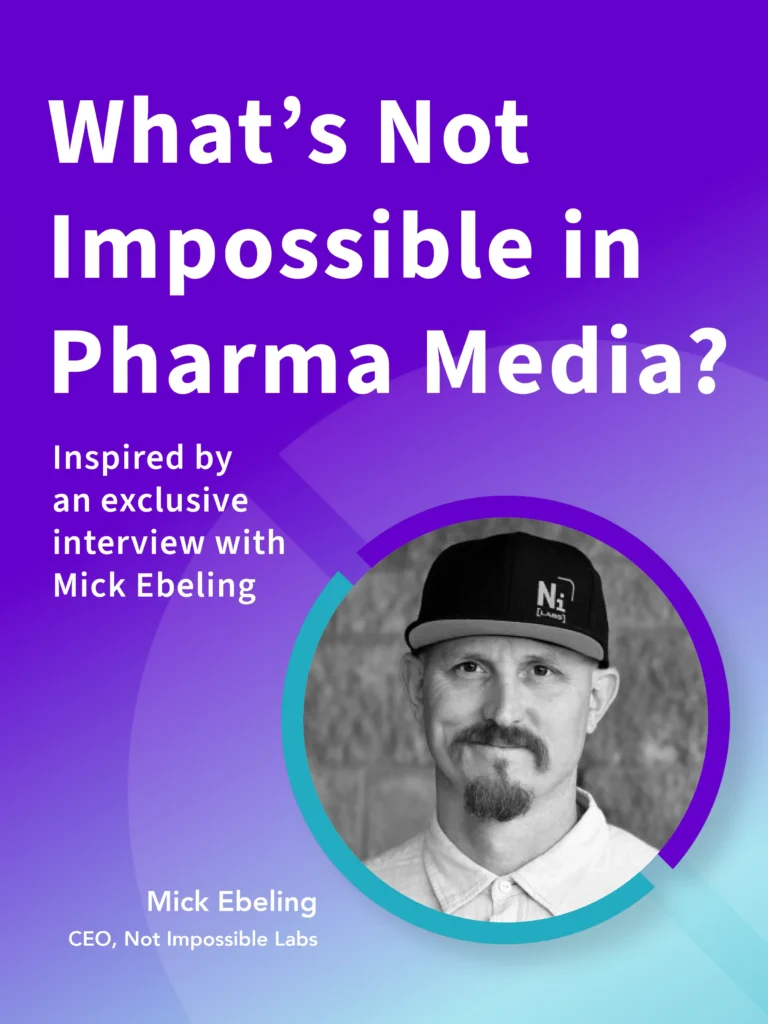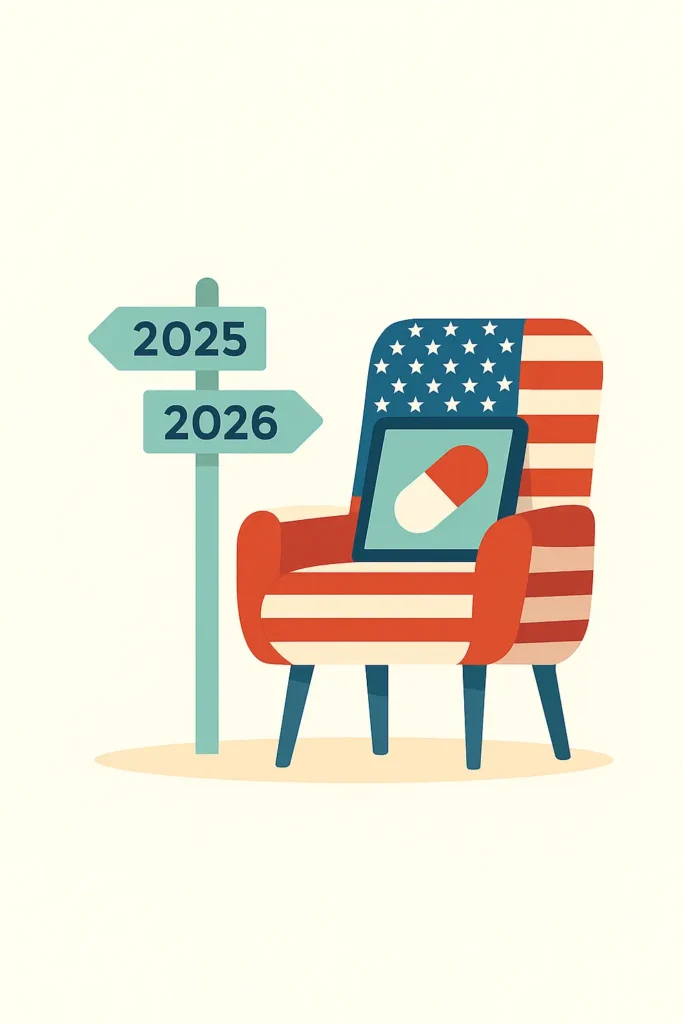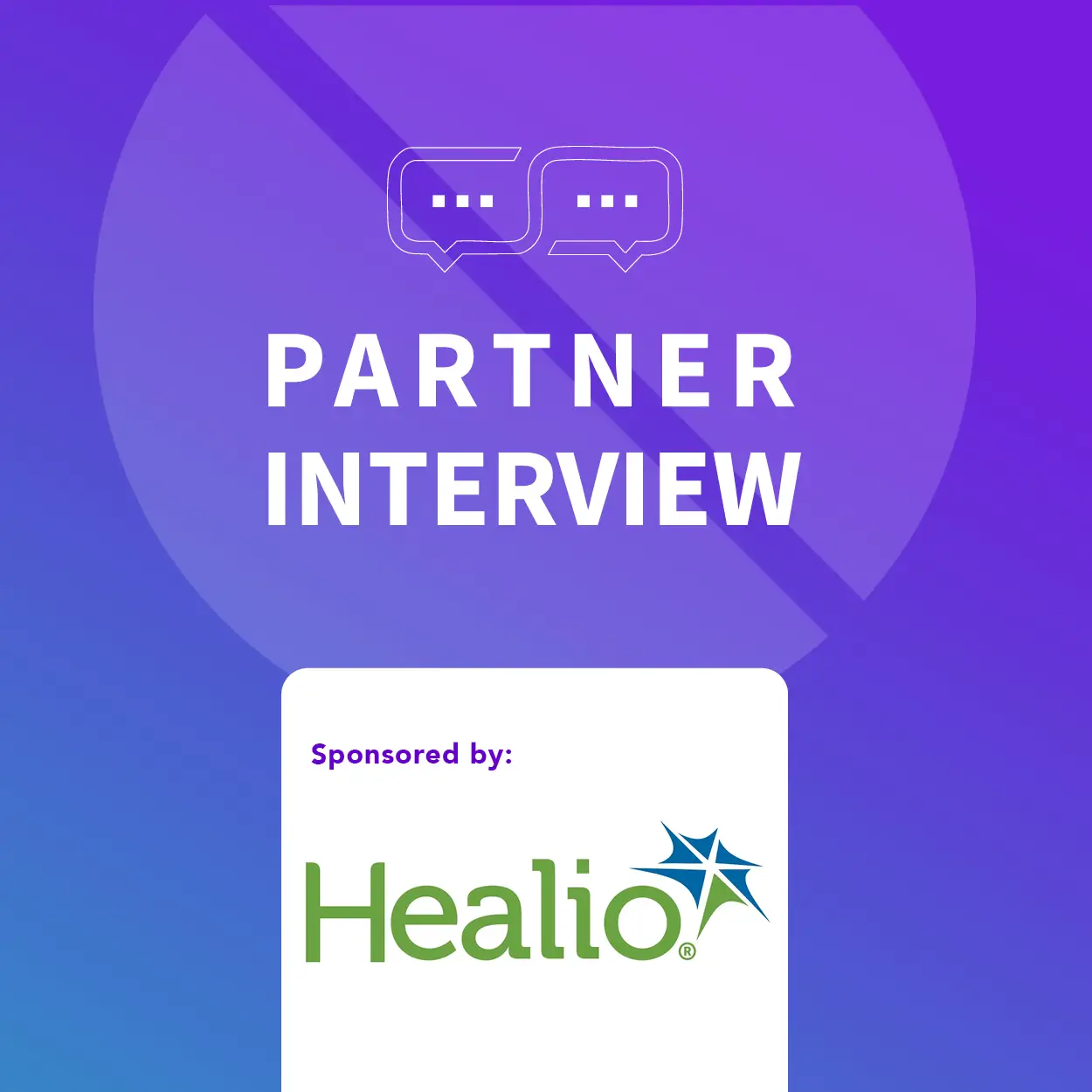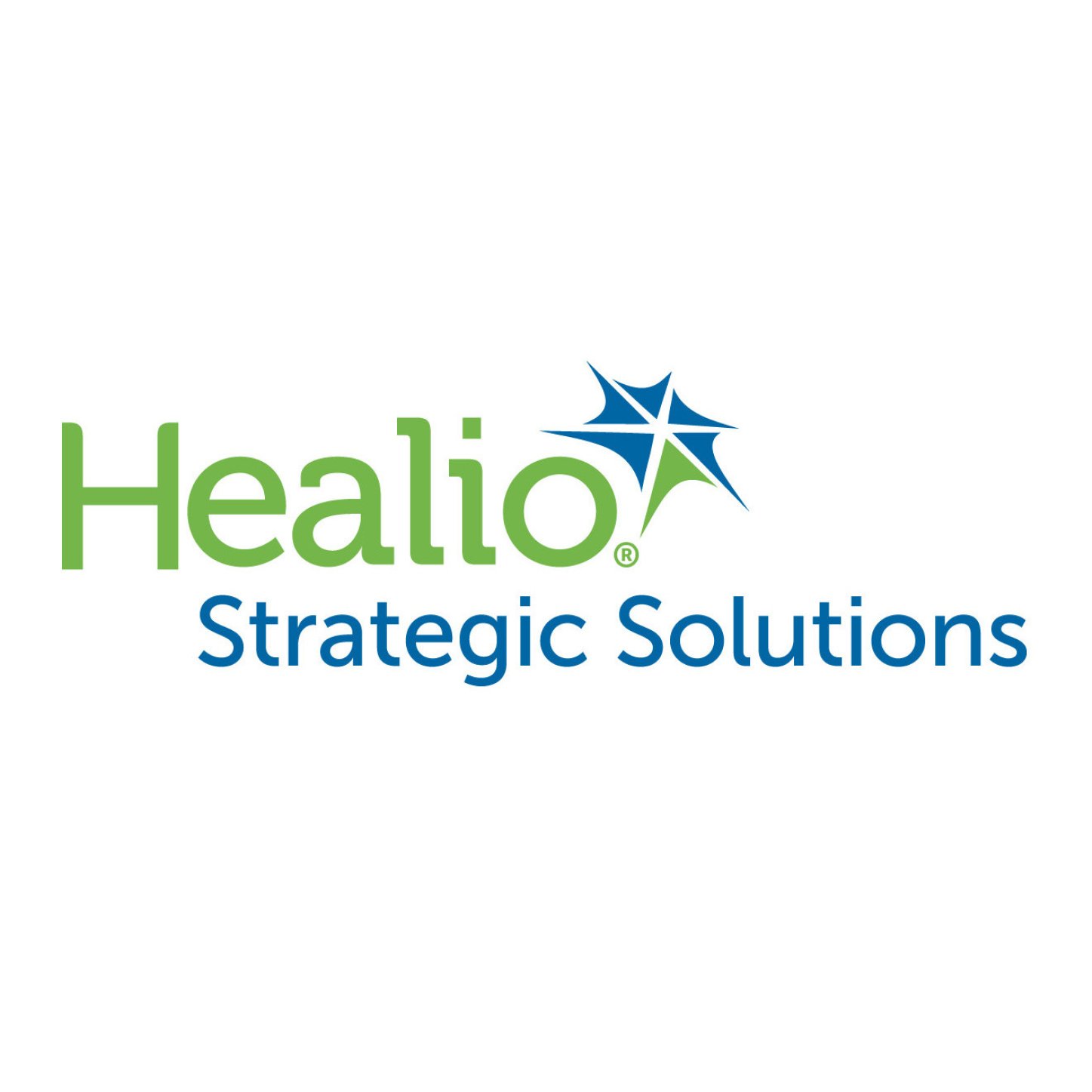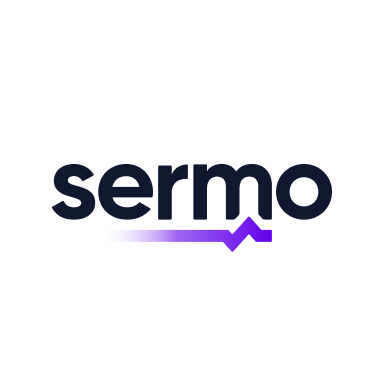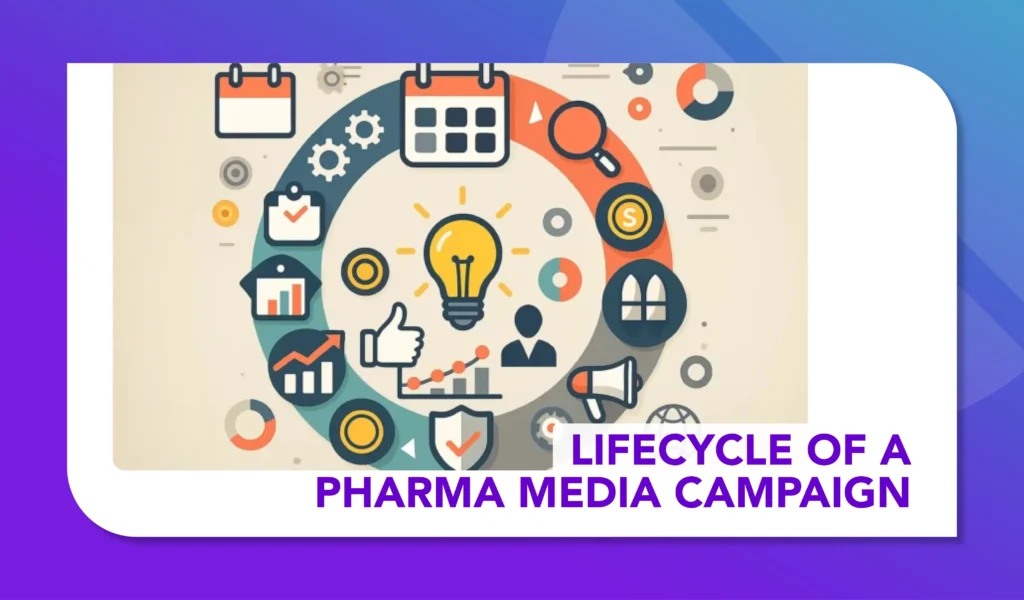5 Ways to Re-think Display Advertising in Pharma Media
Highlights from the recent Lumen, Brand Metrics, and Havas whitepaper on the role of attention in driving successful pharma campaigns

In 2025, pharma media professionals are increasingly challenged to capture attention in a landscape where both healthcare professionals (HCPs) and patients are bombarded with content. However, attention isn’t just about getting ads seen—it’s about ensuring that complex and regulated information resonates, is understood, and ultimately leads to better health outcomes.
In a recent whitepaper, leveraging over 9,000 brand lift studies and billions of ad impressions, Havas Media Network, Lumen & Brand Metrics come together to highlight how the right attention strategy can improve not only brand awareness but also the trust and education that pharma campaigns need to deliver. Understanding attention’s role in the pharma context allows marketers to craft campaigns that are not only compliant and effective but also trusted by those who need them most.
We break down 10 insights from this whitepaper that can contribute to mastering display advertising in 2024 and beyond.
1. The Role of Attention in Brand Outcomes
The core message of the whitepaper is that attention drives better outcomes for ad campaigns. It goes beyond traditional viewability metrics to show how aggregate attention time correlates directly with improved brand outcomes. Specifically, ads that command more attention are linked to increases in brand awareness, consideration, preference, and action intent.
The study confirms that attention is not only about “opportunity to see” an ad but the actual time spent engaging with it. In fact, attention time is the most reliable indicator of brand preference and purchase intent.
2. Tailoring Attention Strategies for Trust and Education
For pharma brands, ads that command more attention not only increase brand awareness and consideration but also foster deeper trust and facilitate informed decision-making among healthcare professionals and patients. With complex treatment options, capturing attention is essential for conveying critical product information that can improve patient outcomes.
The study outlines that different attention strategies are required for different brand outcomes. For example, awareness and consideration objectives benefit from multiple short bursts of attention spread across various impressions. In contrast, brand preference and purchase intent—particularly important in the pharma space—are more effectively influenced by longer, more concentrated periods of attention, ensuring that the complex and sensitive nature of medical information is absorbed.
This finding is vital for pharma marketers looking to tailor their media buying strategies to align with specific brand and health education goals, ensuring both compliance and impact.
3. Leveraging Frequency to Drive Attention and Health Literacy
In the context of a drug’s lifecycle, repeated exposure is key to building sustained awareness, whether you’re introducing a new treatment to HCPs and patients or reinforcing established knowledge. Aggregate attention over time helps pharma brands navigate both launch phases and long-term brand loyalty while ensuring that critical product information remains top of mind.
This insight emphasizes the importance of frequency in advertising. For pharma, frequency doesn’t just help boost brand recall—it ensures that complex medical information about treatments, side effects, and patient care is fully understood by both HCPs and patients. While a single ad might only receive a fraction of a second of attention, a series of ads viewed multiple times can accumulate meaningful engagement over time, leading to better-informed healthcare decisions.
4. Cost vs. Value of Attention in Pharma Campaigns
For pharma marketing, building trust with HCPs and driving patient engagement require longer, more concentrated periods of attention. This ensures that complex medical information, from drug efficacy to potential side effects, is thoroughly understood, leading to better brand consideration and ultimately, improved health outcomes.
While more attention generally leads to better outcomes, the study acknowledges the associated costs. Ads that capture greater attention tend to be more expensive, especially in regulated sectors like pharma. To balance cost and effectiveness, advertisers need to consider the Attentive Cost Per 1000 Impressions (aCPM), ensuring they are not only paying for more attention but also optimizing it for the desired outcomes in a compliant, responsible manner.
For pharma brands, it’s crucial to evaluate how longer attention spans can lead to better HCP understanding and patient education, thus justifying the investment in higher-attention ad formats or longer creative exposure.
5. Making Data-Driven Decisions to Enhance Pharma Engagement
For pharma marketers, leveraging data is critical—not only to measure media engagement but also to ensure that targeting remains ethical and compliant. With careful data analysis, pharma brands can pinpoint which channels provide the highest value to both HCPs and patients, ensuring that critical health messages are delivered in a responsible, impactful way.
The whitepaper emphasizes that data should be at the core of optimizing attention strategies. For pharma, this means using real-time data to fine-tune campaigns, adjusting targeting to reach HCPs or patients in the most effective manner. By leveraging AI and machine learning, pharma marketers can assess which media channels deliver the highest engagement and adjust in real-time to ensure both maximum attention and adherence to regulatory standards.
Conclusion: Attention and Trust Are Key in Pharma Media
The findings from this whitepaper are clear: attention is a critical factor in driving brand outcomes, and aggregate attention over time delivers the most significant impact. In the pharma industry, where accuracy, trust, and education are paramount, ensuring that attention is optimized through compliant, effective strategies is more important than ever.
Incorporating attention metrics into media planning and buying decisions, balancing cost with the value of attention, and customizing strategies based on specific health education goals will be essential for pharma advertisers in the years ahead.
To read the full whitepaper click here.

